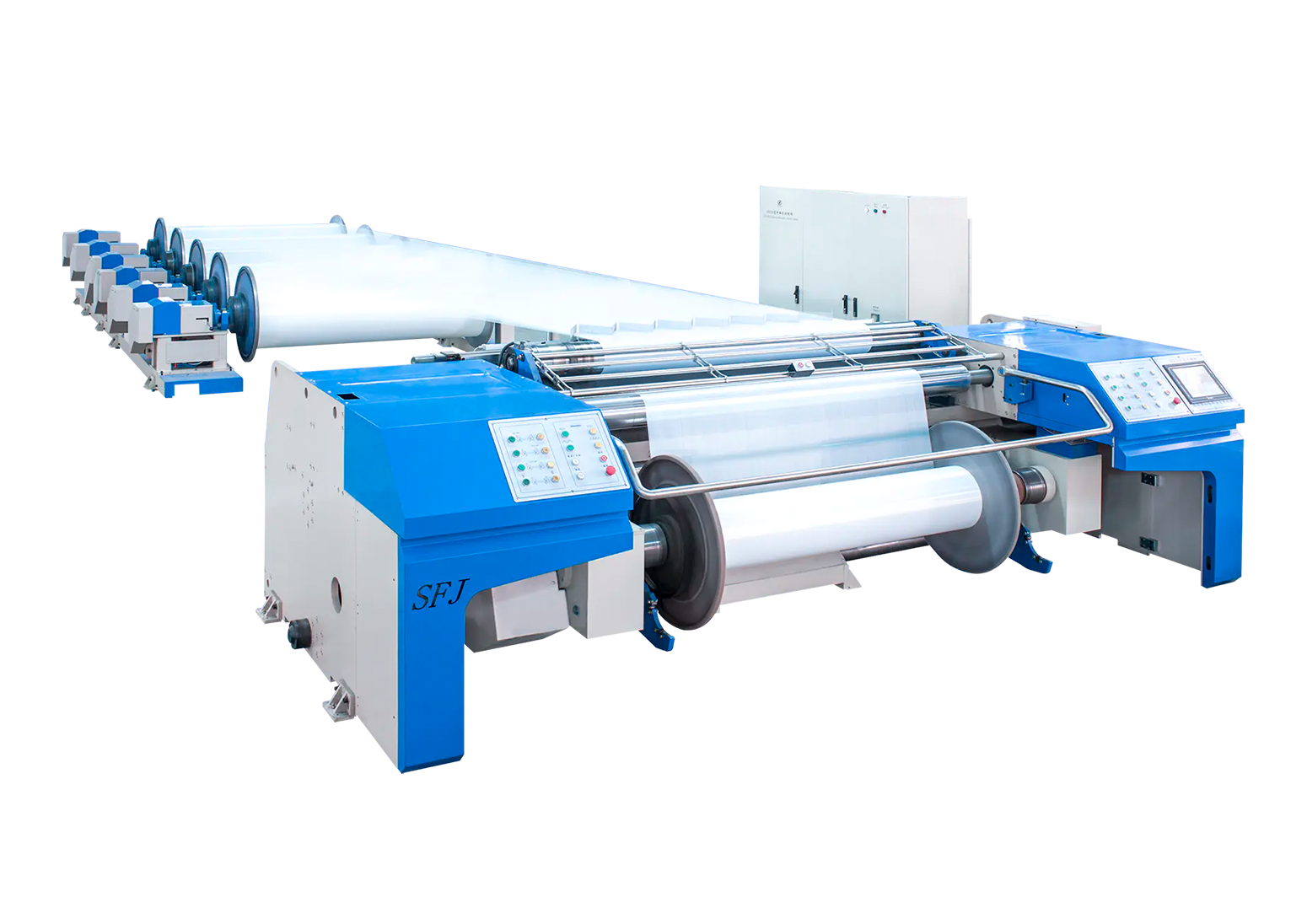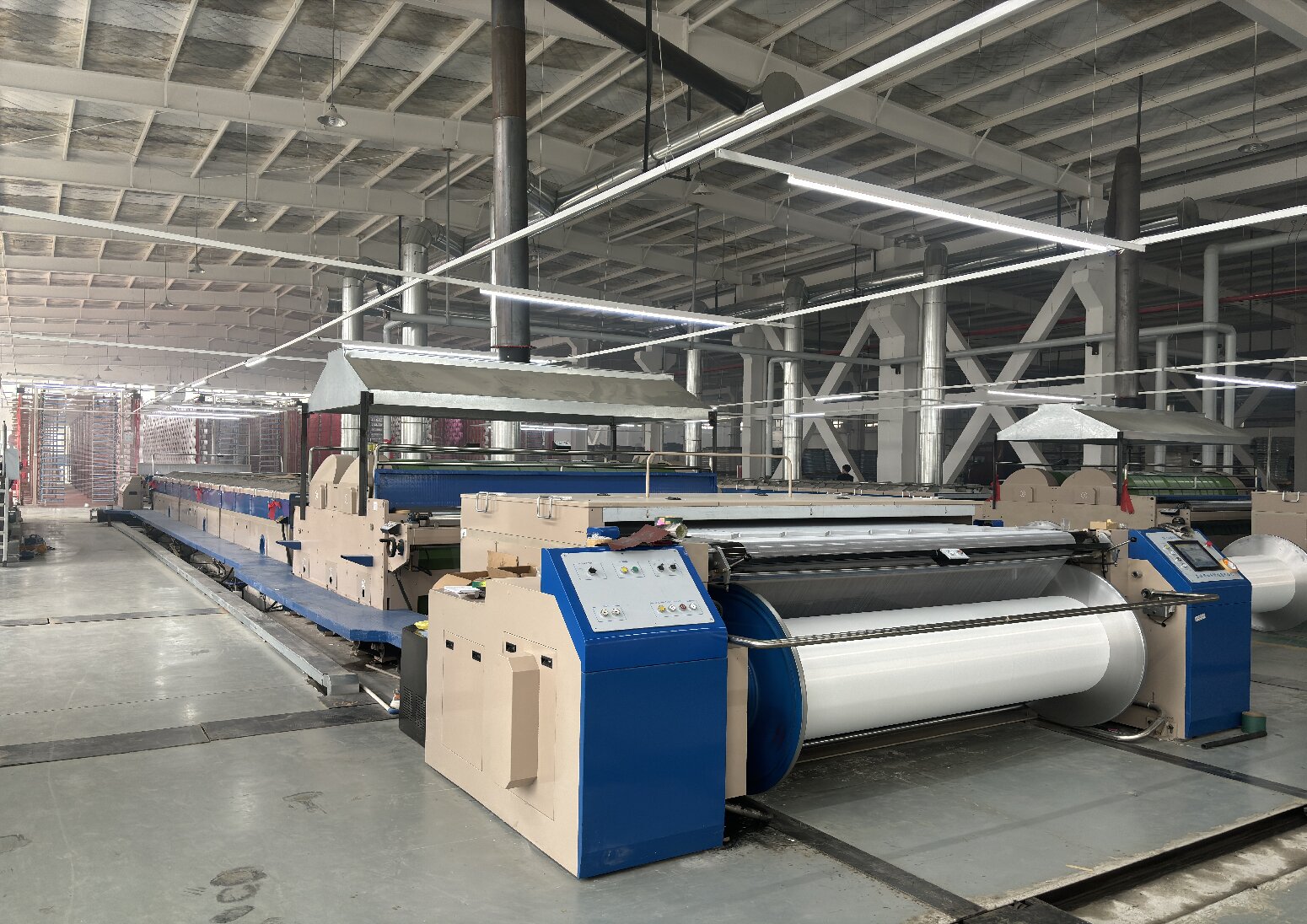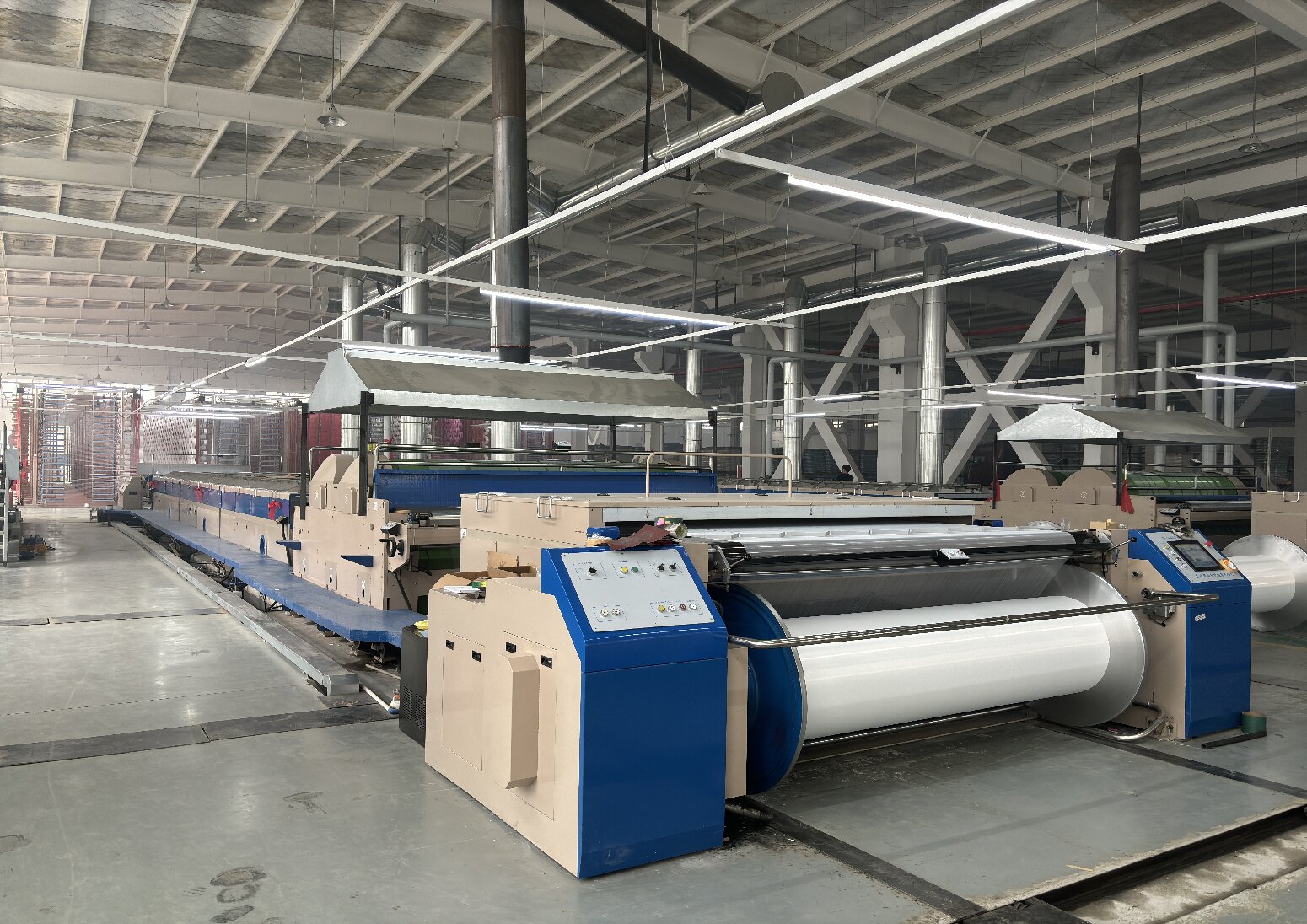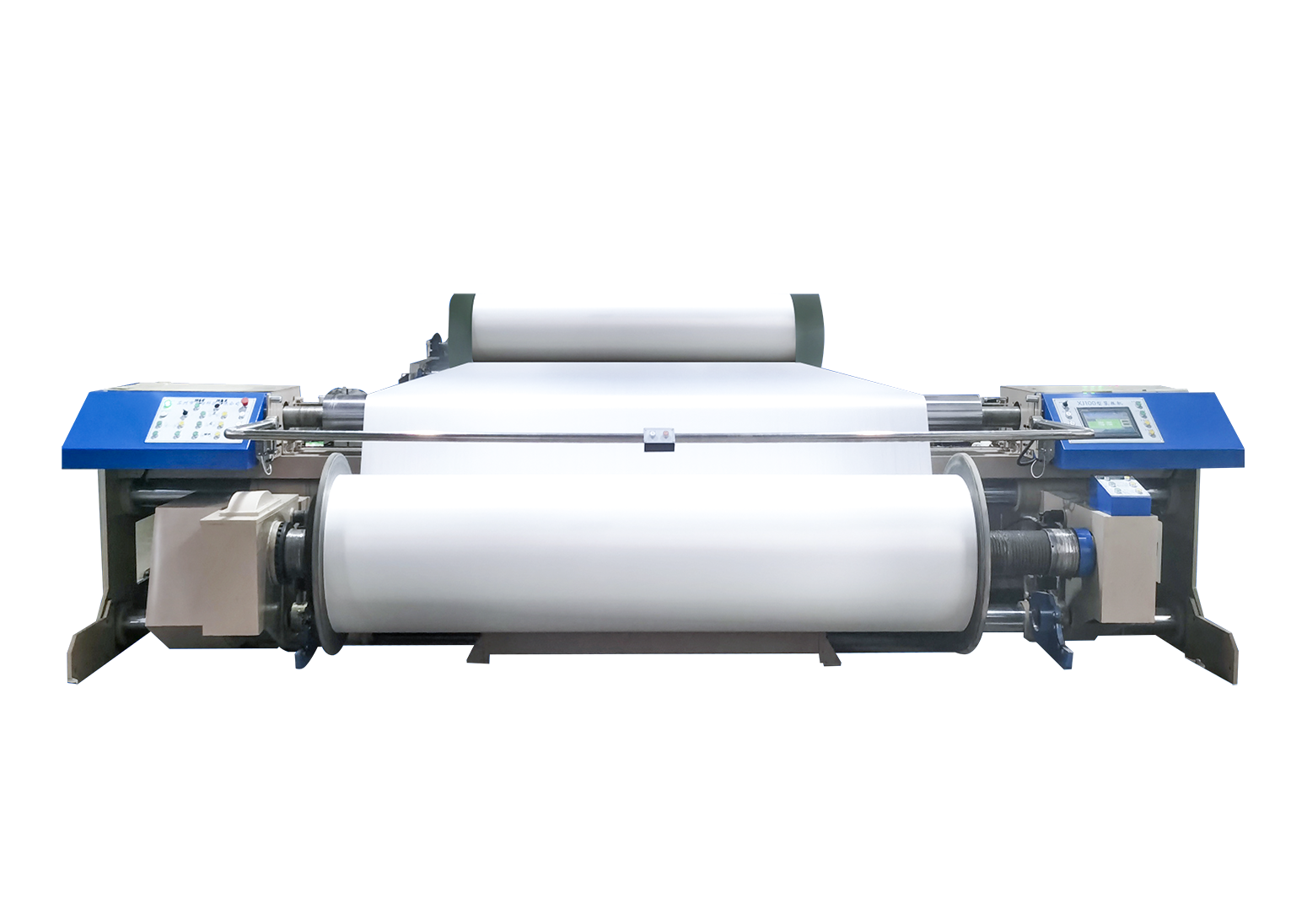Are Automatic Stop Motion Systems Revolutionizing Textile Manufacturing?
Modern warping machines are equipped with advanced automatic stop motion systems that play a critical role in ensuring the efficiency and quality of the warping process in textile manufacturing. These systems are designed to detect yarn breaks, irregularities, or other issues during the warping operation and initiate automatic responses to prevent further damage and maintain the integrity of the warp beam.
Working Principle of Automatic Stop Motion Systems:
Sensor Technology:
Automatic stop motion systems are integrated with various sensors strategically placed along the path of the yarn. These sensors monitor the tension, movement, and condition of the yarn as it travels from the creel to the warping drum.
Yarn Break Detection:
One of the primary functions of the automatic stop motion system is to detect yarn breaks promptly. Sensors detect changes in tension or the absence of yarn movement, indicating a potential breakage. Upon detection, the system triggers an automatic stop to prevent the broken yarn from causing further damage or irregularities in the warp beam.
Irregularity Detection:
In addition to yarn breaks, automatic stop motion systems can also identify other irregularities, such as knots, tangles, or variations in yarn thickness. Optical sensors or imaging technology may be employed to analyze the appearance and consistency of the yarn as it passes through the system. Any anomalies detected trigger an automatic stop to allow operators to address the issue before resuming the warping process.
Immediate Response:
When a yarn break or irregularity is detected, the automatic stop motion system responds swiftly to halt the operation of the warping machine. This prevents the defective yarn from being wound onto the warp beam, minimizing waste and ensuring the integrity of the final woven fabric.
User Interface and Alerts:
Modern automatic stop motion systems are equipped with user-friendly interfaces that provide real-time feedback to operators. Alerts, alarms, or visual indicators signal the occurrence of a yarn break or irregularity, prompting operators to take appropriate action. The interface may also display diagnostic information, such as the location and nature of the problem, to assist operators in troubleshooting and resolving issues quickly.
Benefits of Automatic Stop Motion Systems:
Minimized Downtime:
By detecting and addressing yarn breaks and irregularities promptly, automatic stop motion systems help minimize downtime and production interruptions. Operators can quickly identify and resolve issues without the need for extensive manual inspection or troubleshooting.
Enhanced Product Quality:
Automatic stop motion systems contribute to the production of high-quality warp beams by preventing defective yarn from being incorporated into the final woven fabric. This helps maintain uniformity, consistency, and integrity throughout the weaving process, resulting in superior fabric quality and reduced defects.
Cost Savings:
By reducing yarn waste, minimizing rework, and optimizing production efficiency, automatic stop motion systems contribute to cost savings for textile manufacturers. The ability to identify and address issues in real-time helps maximize yarn utilization and minimize material losses, ultimately improving the bottom line.
Safety and Reliability:
Automatic stop motion systems enhance the safety and reliability of the warping process by reducing the risk of equipment damage, yarn entanglement, and other potential hazards associated with yarn breaks or irregularities. Operators can rely on the system to monitor and control the operation of the warping machine, ensuring a safe and efficient working environment.
Conclusion:
In conclusion, automatic stop motion systems are essential components of modern warping machines, providing advanced monitoring, detection, and control capabilities to optimize the efficiency and quality of the warping process in textile manufacturing. By detecting and responding to yarn breaks and irregularities in real-time, these systems help minimize downtime, enhance product quality, and reduce costs for textile manufacturers. As technology continues to evolve, automatic stop motion systems are likely to become even more sophisticated, further improving the performance and reliability of warping machines in the textile industry.



 中文简体
中文简体








